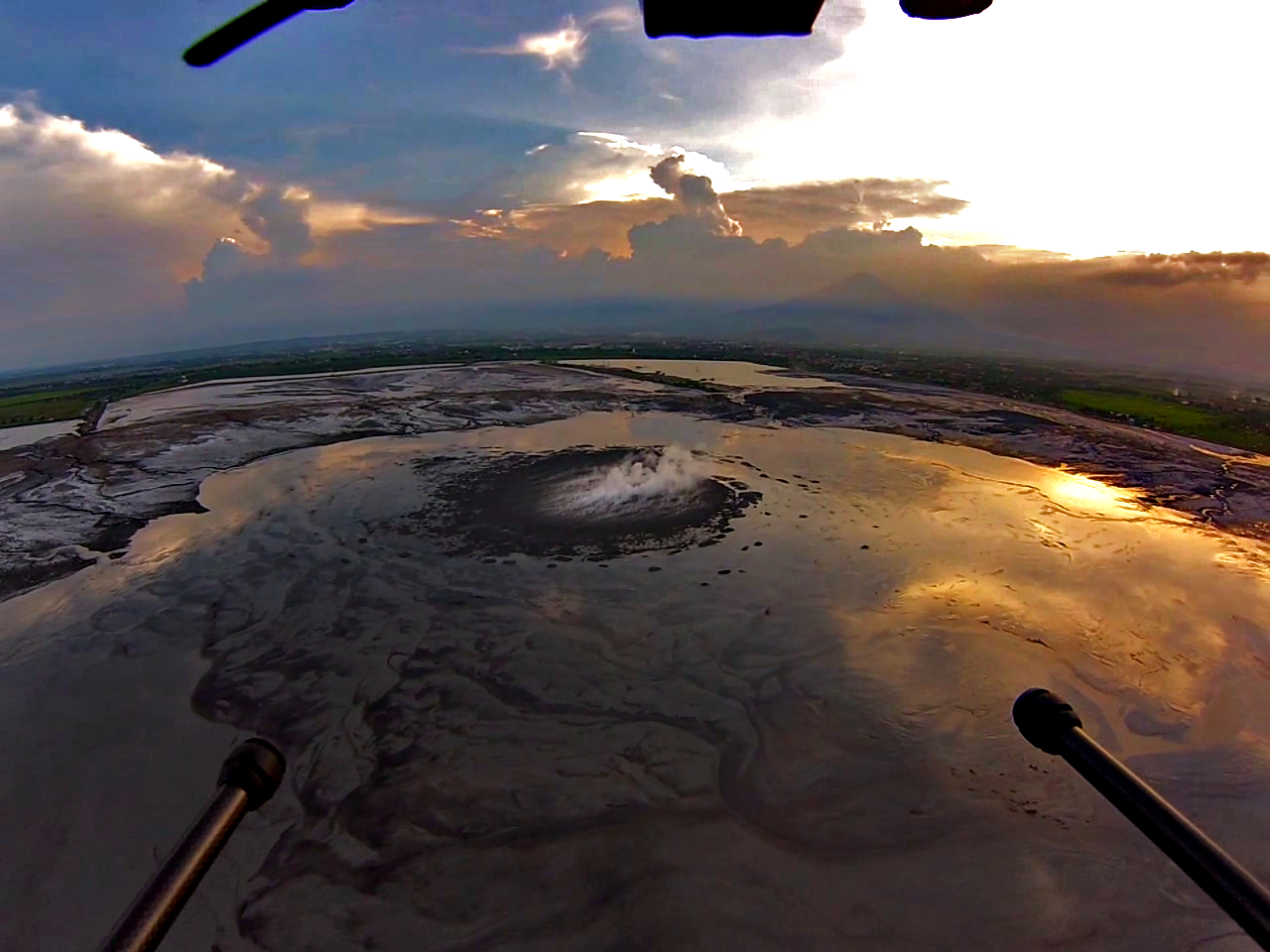Drone Sensing and Imaging for Environment Monitoring
A special issue of Sensors (ISSN 1424-8220). This special issue belongs to the section "Sensor Networks".
Deadline for manuscript submissions: closed (30 November 2022) | Viewed by 25498
Special Issue Editor
Interests: development of electronic and mechanical technologies for geophysical observation and volcanology; measurement instruments; embedded systems; mechatronic
Special Issue Information
Dear Colleagues,
The development and diffusion of unmanned and remote controlled flying platforms (drones) has induced the universities and scientists to use these systems in many scientific field where is fondamental the observation, the inspection and management of critical areas by the remote sensing.
A drone can be equipped with small and compact instrumentation, precision GPS systems, thermal and multispectral cameras, magnetometers and high resolution cameras capable of performing reporting maps in very high precision, thermal photographs, high definition video footage, but also gas or ground material sampling or tools release.
Thus allowing to explore extreme sites and collect a wide range of useful data and details in short time for the study of natural phenomena and environmental monitoring, with very low operating costs.
These high-performance multipurpose flight systems can now safely access inaccessible environments. At the same time, they have stimulated technological research to develop new airborne instruments and sensors and new remote observation techniques.
This special issue is dedicated to environmental detection through drones and the application of new sensors and tools designed to be integrated on board drones and used for environmental research and monitoring
Dr. Giuseppe Di Stefano
Guest Editor

Manuscript Submission Information
Manuscripts should be submitted online at www.mdpi.com by registering and logging in to this website. Once you are registered, click here to go to the submission form. Manuscripts can be submitted until the deadline. All submissions that pass pre-check are peer-reviewed. Accepted papers will be published continuously in the journal (as soon as accepted) and will be listed together on the special issue website. Research articles, review articles as well as short communications are invited. For planned papers, a title and short abstract (about 100 words) can be sent to the Editorial Office for announcement on this website.
Submitted manuscripts should not have been published previously, nor be under consideration for publication elsewhere (except conference proceedings papers). All manuscripts are thoroughly refereed through a single-blind peer-review process. A guide for authors and other relevant information for submission of manuscripts is available on the Instructions for Authors page. Sensors is an international peer-reviewed open access semimonthly journal published by MDPI.
Please visit the Instructions for Authors page before submitting a manuscript. The Article Processing Charge (APC) for publication in this open access journal is 2600 CHF (Swiss Francs). Submitted papers should be well formatted and use good English. Authors may use MDPI's English editing service prior to publication or during author revisions.
Keywords
- remote sensing
- infrared camera
- remote sampling
- multipurpose drone
- instruments release
- gas sensors
- multispectral camera
Benefits of Publishing in a Special Issue
- Ease of navigation: Grouping papers by topic helps scholars navigate broad scope journals more efficiently.
- Greater discoverability: Special Issues support the reach and impact of scientific research. Articles in Special Issues are more discoverable and cited more frequently.
- Expansion of research network: Special Issues facilitate connections among authors, fostering scientific collaborations.
- External promotion: Articles in Special Issues are often promoted through the journal's social media, increasing their visibility.
- e-Book format: Special Issues with more than 10 articles can be published as dedicated e-books, ensuring wide and rapid dissemination.
Further information on MDPI's Special Issue polices can be found here.






